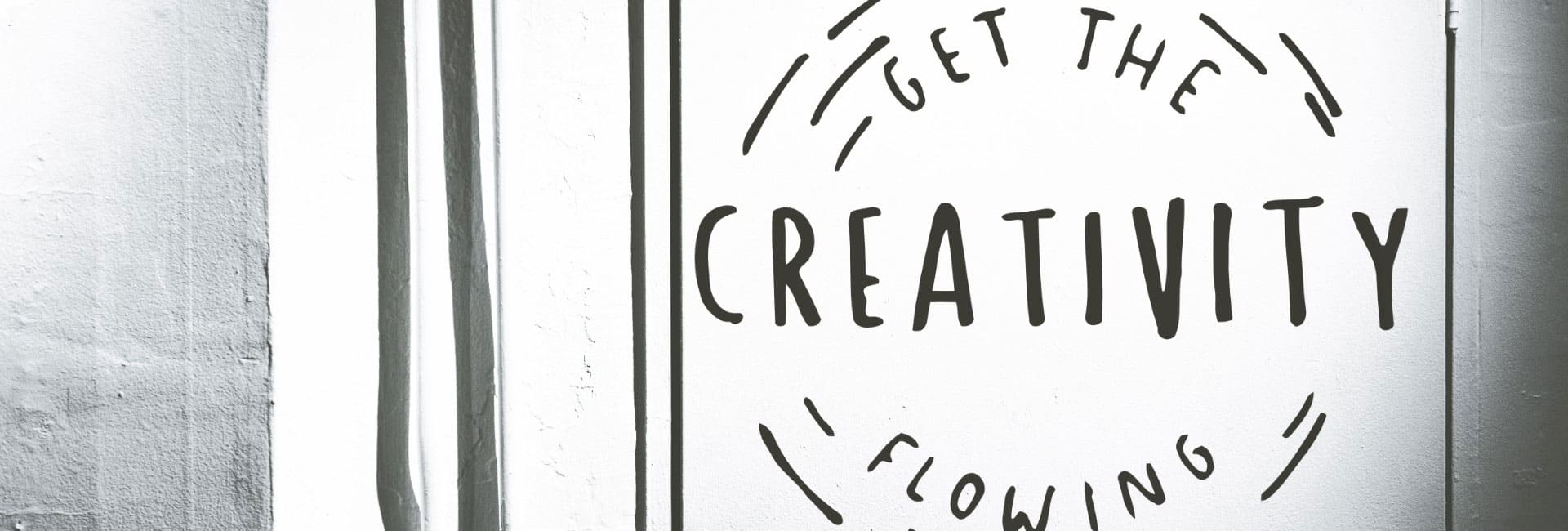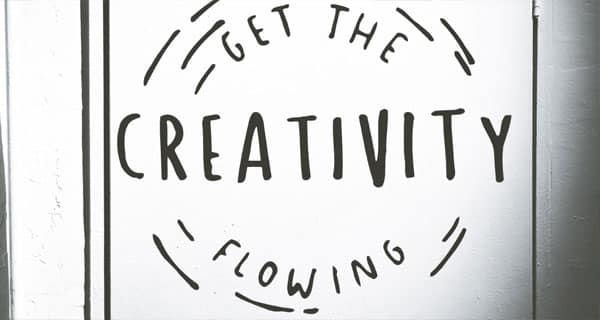
Used under a Creative Commons Licence
Originality in the Age of Algorithms and the Human Touch
If you thought staying original meant just avoiding “Ctrl+C, Ctrl+V,” think again. In 2025, we’re living in an era where anyone—from designers to copywriters to would-be rockstars—can ask a robot to spit out a logo, write a jingle, or conjure up the next viral ad. Thanks to generative AI tools like ChatGPT, Midjourney, and DALL-E, what once took weeks of creative sweat can now appear in your browser while your coffee is still hot.
But here’s the million-dollar question: if an algorithm did most of the work, does copyright law protect your new “masterpiece”—or is it up for grabs?
How the Law Sees “Originality”
Australian copyright law has always championed the value of human creativity. The Copyright Act 1968 (Cth) doesn’t care how new or trendy your idea is. What it wants to see is that a real, breathing person has put in some actual intellectual effort. If you just hit “generate” and head off for lunch, you might find yourself with beautiful artwork… and zero copyright.
Take the High Court’s words in Ice TV Pty Ltd v Nine Network Australia: routine or automated work just doesn’t cut it. The Full Federal Court hammered this home in the Telstra case—directories churned out with minimal human brainpower didn’t deserve copyright. The upshot? Australian law rewards your creative “blood, sweat and tears,” not a robot’s knack for remixing cat photos and catchy lines.
Enter AI
Now, let’s be honest: AI isn’t going away. It’s a powerful tool, and for most creatives, a huge time-saver (who doesn’t love an intern that never needs coffee breaks?). But if your role in the creative process is just “click to generate,” then copyright won’t cover your backside should someone copy your so-called “original” design.
However, if you’re actively shaping, editing, or mixing AI outputs—adding your own flair—you might still clinch protection. Think of AI as a paintbrush, not a painter. The law still wants to see your fingerprints on the canvas.
A Quick Taste of Real-World Scenarios
Designers:
Let’s say you use DALL-E for a logo. If your input was more “pick the one that’s not beige,” you’re not the author. But if you tinker, blend, and rework until it’s recognisably yours, the law starts nodding approvingly.
Musos and Marketers
You feed an AI 1,000 jazz tracks. It coughs up a tune. If you remix, layer your own recordings and fine-tune the end result, your contribution may earn protection. If the AI’s melody happens to sound like “Girl from Ipanema,” though, expect more than just a cease-and-desist letter from a bossa nova enthusiast.
Writers and Copywriters
AI may offer you a block of text, but if your job stops at approving the headline, don’t expect the courts to rush to your defence.
It’s not just Australia getting twitchy. The UK, US, and EU all say essentially, “No human effort? No copyright.” The world’s best minds are still arguing about whether “authorship” can ever apply to silicon brains, but for now, the focus stays on the living, breathing creator.
Why Should You Care?
Here’s what’s at risk:
No copyright means anyone can copy your AI-generated “original.” Just imagine seeing your brand-new AI logo plastered across someone else’s mugs—with zero legal comeback.
Unintentional copyright infringement. AI tools might borrow a bit too closely from the database they were trained on. If you don’t check, you could be hit with an infringement claim—and those don’t come cheap.
Top Tips
Document Everything:
Keep a creative diary, noting how you refined prompts, chose outputs, and made those all-important tweaks.
Make It Unmistakably Yours:
Don’t hit “print” at the first promising AI output. Remix, edit, and sprinkle your own magic.
Lock in Rights with Contracts:
Make sure agreements with clients, collaborators, or platforms are clear on who owns what—and who’s responsible for legal risks.
Double-Check for Copyright Risks:
If your AI output seems familiar, run a proper check—or risk getting an angry letter from a real creative (and their lawyer).
Use Other IP Tools:
Consider trade marks for your brand assets. Copyright is only one weapon in your protection toolkit.
Looking Forward: Courts on the Frontier
Sooner rather than later, Aussie courts will have to answer the big one: How much human spark is “enough” for originality in an AI-powered world? Until there’s clarity, the safe bet is to maximise your creative involvement and keep that paper trail.
Conclusion: Real Creatives Bring the Magic
AI is here, and it’s dazzling. But the law still rewards the first-rate version of yourself, not a second-rate algorithm. In this new creative frontier, be sure your clients (or your own projects) are built on your ingenuity—not just a clever prompt and a wifi connection.
After all, there’s one thing no AI can fake: the human touch.
Original Work Still Matters Most
In a world where AI can conjure art, ads, and even full-blown campaigns before your double-shot espresso hits the table, one thing hasn’t changed: originality still belongs to the human who shapes it. Copyright law doesn’t reward clever prompts — it protects real effort, real intention, and real authorship.
So whether you’re a designer, copywriter, get involved. Refine. Remix. Put your fingerprints all over it. And just as importantly, protect it — with the right legal tools and airtight contracts.
At Sharon Givoni Consulting, we help creators and brands cut through the confusion. We turn legalese into legal ease®, so you can stay original, stay protected, and stay ahead.
Further Reading (not another law firm):
“Generative AI: copyright, ethics, and the future of creativity” – University of New South Wales
https://www.businessthink.unsw.edu.au/articles/generative-AI-creative-industries-copyright-fair-use
“Harvard Law Review: Artificial Intelligence and the Creative Double Bind”
https://harvardlawreview.org/print/vol-138/artificial-intelligence-and-the-creative-double-bind/
“Will copyright law enable or inhibit generative AI?” – World Economic Forum
Using generative AI and protecting against copyright issues | World Economic Forum
Can AI Be an Author? Exploring the Legal Boundaries of Machine-Made Creativity
Click here to read more
AI and the Law: Key Legal Issues for Businesses and Creatives by Sharon Givoni
AI and Copyright: What Artists Need to Know
Please note the above article is general in nature and does not constitute legal advice.
Please email us info@iplegal.com.au if you need legal advice about your brand or another legal matter in this area generally.


